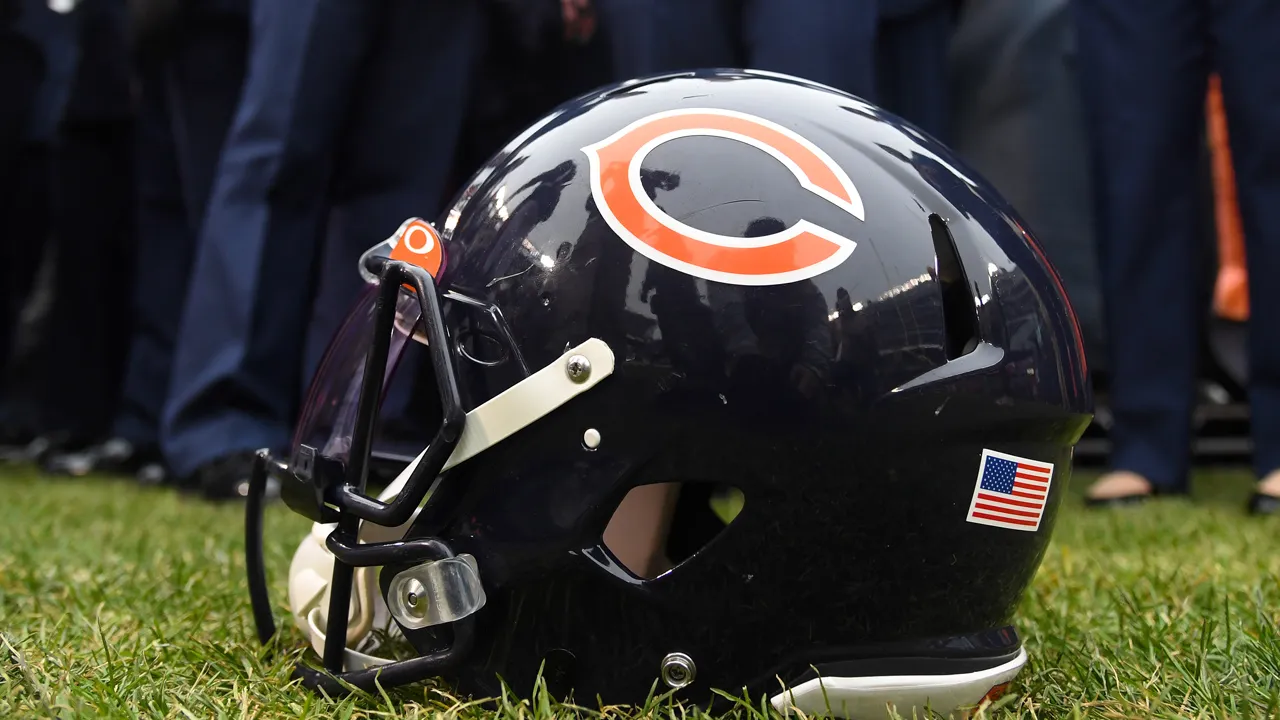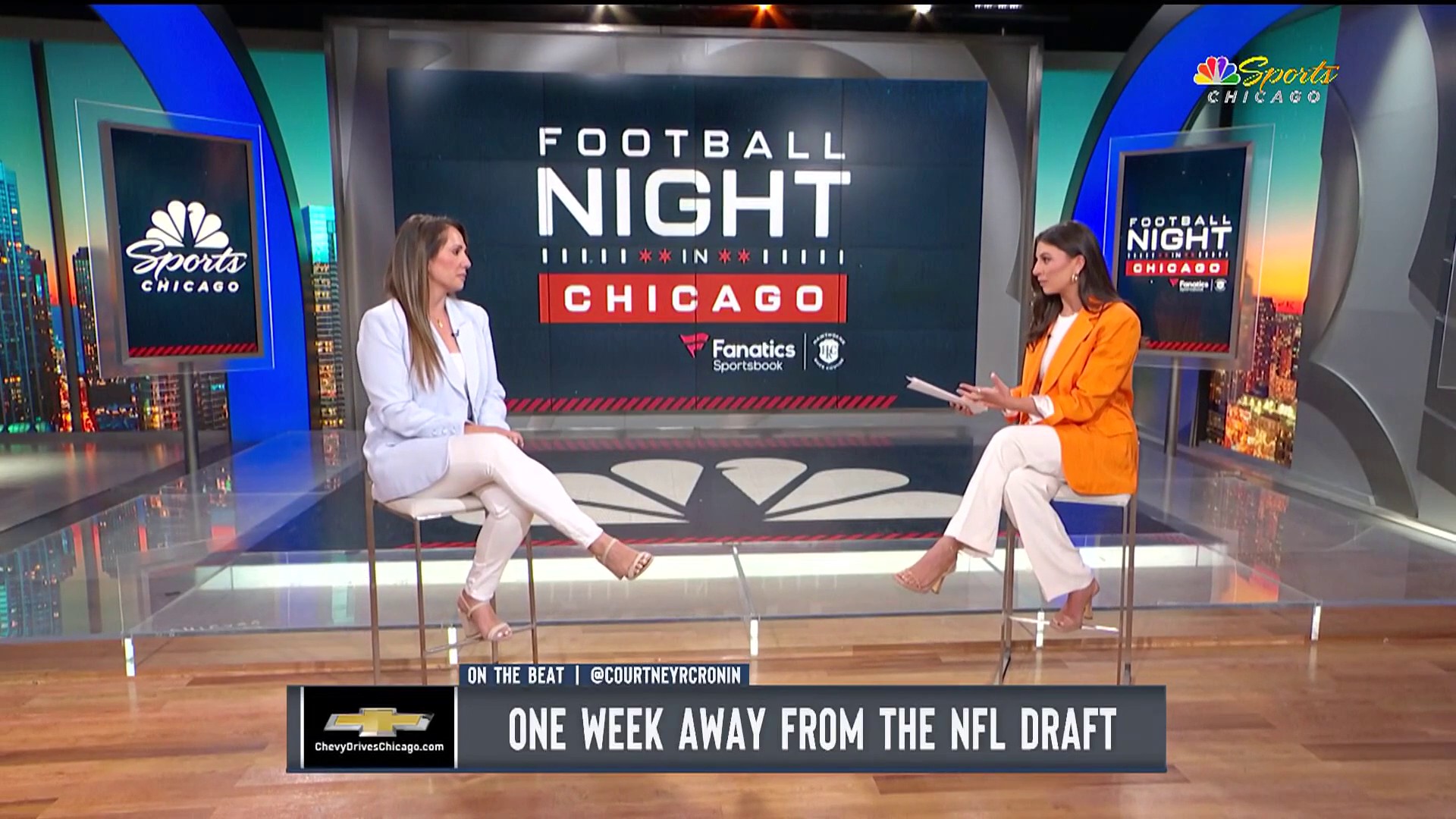"The Chicago Blitz were a hard working group of guys. I enjoyed it. The only problem was, the man who bought the team never paid anybody, including the coaches. We had to chip in to buy toilet paper for the restrooms."
--- Marv Levy, former Chicago Blitz head coach
"Maybe the best way to remember the Blitz: it was our attempt at recreating the Wild West. It was fun for a while, but like most things that are fun, they end."
---Dan Jiggetts, former Chicago Blitz offensive lineman
It was a spring football experiment that started off with a bang, but closed with a comical whimper. In 1983, the Chicago Blitz were one of 12 teams that opened the USFL's inaugural season. The league's founders believed that after the NFL season ended there was a thirst for football. Their plan was to quench it.
Build it and they will come--that was the league mantra. Sign the best talent available no matter the cost--that turned out to be another, tragically.
Donald Trump’s New Jersey Generals signed Heisman Trophy winner Herschel Walker to a three-year, $5 million contract, at the time the richest contract ever given to a pro football player. One year later, it was football peanuts when the Los Angeles Express signed quarterback Steve Young to a four-year, $40 million contract--payable over 43 years.
NFL
The players took the money and ran. Where to?
Everybody would soon find out.
"On Tuesday morning, I got to the facility and we do a press deal where I announce that I signed with the Chicago Blitz," said Tom Thayer, an offensive lineman who had just graduated from Notre Dame. "And I can remember seeing the faces of the press guys who were there who covered the Bears at the time. They all left the Blitz facility and went up to Halas Hall to cover the NFL draft that day."
A Joliet native, Thayer's dream was to play football for the Bears, but the Blitz made him an offer he couldn't refuse: a personal services contract where everything was guaranteed. Even if he got injured or the USFL folded, Thayer would be paid the full amount of his contract.
"It was something you had to listen to, because I wasn't guaranteed anything from the NFL."
After the Blitz press conference, Thayer drove back to his home in Joliet. As he pulled into the driveway, his sister came running out of the house with some stunning news.
"She said, '(Bears general manager) Jim Finks is on the phone. The Bears just drafted you!' And then Finks went to the podium and said the Bears in the 4th round draft Tom Thayer out of the University of Notre Dame and the press started giggling and told him, 'Hey, we were just at the Blitz facility. He signed with the Blitz of the USFL.' Because (the Bears) locked themselves in the draft room they weren't aware of anything."
Thayer turned down the Bears and joined a Blitz team that was coached by future Hall of Famer George Allen and was stacked with some of the best talent in the USFL: quarterback Greg Landry, running back Tim Spencer, wide receiver Trumaine Johnson, and defensive back Frank Minnifield, among others.
"We already felt that we wanted to be a good enough team to have the confidence to be competing with NFL teams,” Thayer said. “That was the message that George Allen instilled in us. We want to be a professional football team.”
On the field, they played like one. The Blitz went 12-6 that first season, finishing tied for first place in their division with the Michigan Panthers, who were led by quarterback Bobby Hebert and wide receiver Anthony Carter.
"I think we gained momentum. I think everybody was uncertain about what a competitive football league opposite the NFL could really do," Thayer said. "And then you got supported, and then the crowds started to average 30,000 people a game."
Unfortunately, those big crowds never arrived in Chicago---which is where this story truly begins.
The Blitz played their home games at Soldier Field, but they averaged only 18,133 fans, third lowest in the USFL. By comparison, the Denver Gold were tops in the league, drawing 41,736 a game at Mile High Stadium.
The Blitz’s owner, a heart surgeon named Ted Diethrich lost millions in 1983. So did Jim Joseph the owner of the Arizona Wranglers who went 4-14 that first season. Joseph wanted out. Diethrich, who lived in Phoenix, wanted to stay in the league but believed the Blitz would draw better in Arizona.
What came next was the craziest transaction in the history of professional sports.
Diethrich bought the Arizona Wranglers from Joseph and then sold the Chicago Blitz franchise to a fellow heart surgeon in Milwaukee named James Hoffman. Diethrich and Hoffman then agreed to swap assets. George Allen, his coaching staff and the Blitz players were traded to Arizona, in return the Blitz received the last place Wranglers.
In other words, the Blitz became the Wranglers and the Wranglers became the Blitz.
Imagine this happening today. The Chicago Blackhawks, for instance, trading their entire team and coaching staff to Arizona for the last place Coyotes.
You can’t.
But it happened here.
Why Hoffman was willing to acquire a last place team for a first place team was puzzling to say the least. He tried describing his reasoning at the press conference announcing his new Chicago Blitz.
"If I had the opportunity to buy the Blitz the way they were, I would not have even considered it," Hoffman told the media. "Number one, the front office was terrible. Two, the players’ personal contracts were headed for absolute disaster."
Little did Hoffman know, things were about to get worse. Much worse. And unfathomable.
Before this wacky trade occurred, the Wranglers had fired their head coach, Doug Shively. The new Blitz needed to replace him.
The good news was, they hired future Hall of Famer Marv Levy. The bad news?
"I didn't know they traded franchises until after they switched the whole doggone team!" Levy recalled. "I got a call from the man who was going to be the general manager, Ron Potocnik of Chicago offering me the job. I said, 'Wow that's great. They look like they've got a pretty good roster there,' so I came running and I took the job. Then I found out that the entire roster as well as the ownership had been traded away and the Blitz roster was now probably the weakest total talent in the league."
Most of the players acquired from the Wranglers were so inept the Blitz maniacally starting signing other players to replace them, including some former Chicago Bears. Vince Evans was brought on to play quarterback, Doug Plank was in the secondary and Dan Jiggetts came out of retirement to help anchor the offensive line.
The Blitz personnel director that season was an unproven football wunderkind named Bill Polian, who would later build behemoths in the NFL with the Bills, Panthers and Colts.
But major trouble was brewing with the new Blitz, the exact magnitude of their problems stopped Jiggetts dead in his tracks following a preseason game.
“I'm walking across the field after the game with [new Blitz owner] Hoffman. He looks at me and he goes, ‘You know what, I'm out of here.’ I go, ‘You mean you're leaving town?’ He says, ‘No, I'm done with this.’ I go, ‘What do you mean?’ He says ‘I'm finished,’” Jiggetts explained. “I said something to coach. I said, ‘I just spoke with Hoffman. I think he’s out of here.’ Marv’s eyes started going around in circles.”
Hoffman left and never came back.
He and his minority owners returned the Blitz to the USFL for the league to run. Playing without an owner, the Blitz would lose their first five games of the 1984 season. They also lost most of their fanbase.
“We used to play at Soldier Field,” Levy recalled. “I said any fan who comes to a game can have a 50 yard line seat. A crowd of 3 or 4 thousand might have been good.”
The Blitz averaged 7,455 fans a game in 1984, last in the USFL. Their crowds often filled 10% of Soldier Field or less.
Struggling on the field and at the gate, the Blitz most exciting competition seemed to occur after practice each Friday when players would race to the closest bank to try and get their checks cashed.
“We're practicing at Maine North High School. There's a little tiny bank there,” Jiggetts explained. “Guys would have their cars ready after practice because you didn't want to be the last guy because there might not be money left in the account. This little old lady kept throwing the checks back. They were bouncing all over the place.”
Levy said he got paid for the first month or two, “and then it stopped.”
As the season went on, there were more and more signs that the Blitz days were numbered. One day, players arrived at Maine North to see that their practice facility had been transformed into a movie set to make the John Hughes film, “The Breakfast Club.”
“They overtook the facility and a lot of the people involved in the movie were going in and out of our locker room,” Jiggetts said. “So you'd come in there and maybe a Judd Nelson would be sitting there.”
Paul Gleason who played the teacher in the film ended up traveling with the Blitz and stood on the sidelines for some of their games.
“He was a big fan of the Blitz,” Jiggetts said. “There were some fascinating things going on.”
Unfortunately, the Blitz weren’t exactly fascinating on the field. They went 5-13 in 1984. Meanwhile, Tom Thayer and the old Chicago Blitz/new Arizona Wranglers went all the way to the USFL championship game where they lost to Chuck Fusina and the Philadelphia Stars.
“I felt bad because I always want Chicago to succeed no matter what sport it is,” said Thayer, who would eventually return to Chicago and play for the Bears in 1985, the season they won the Super Bowl.
As for the Blitz, they reportedly lost $6 million in 1984 and despite an attempt by former Chicago White Sox owner Eddie Einhorn to buy them, they eventually disbanded in 1985. The USFL as a league shut down in 1986.
“It kind of put a sad feeling in the thought process because it was a league that showed really positive signs of growth,” Thayer said. “It gave some great players an opportunity to play professional football: Reggie White, Keith Millard, Jim Kelly, Doug Flutie. I could go on and on.”
The Chicago Blitz and Arizona Wranglers wanted to make history on the field. Instead, they did it together on the transaction page. An achievement that puts them in a special category. A legacy that cannot and will not be touched.
Players get traded in the sports world just about everyday. But a team traded for another team?
Thayer probably said it best, “It will never happen again in the history of sports.”


